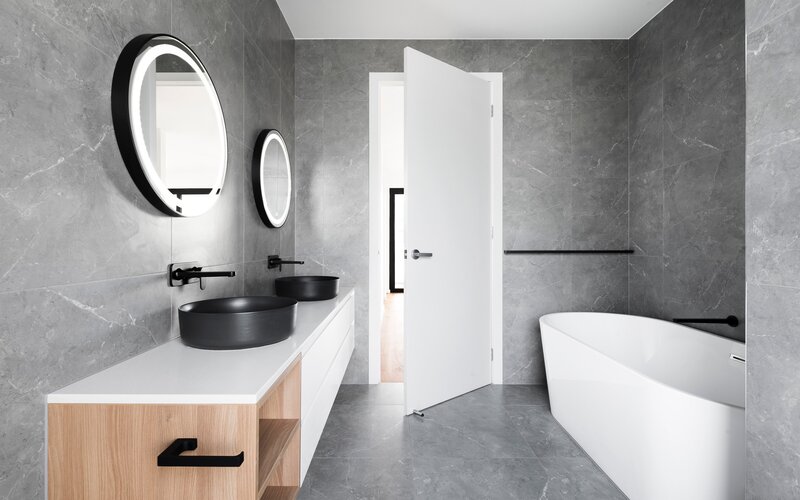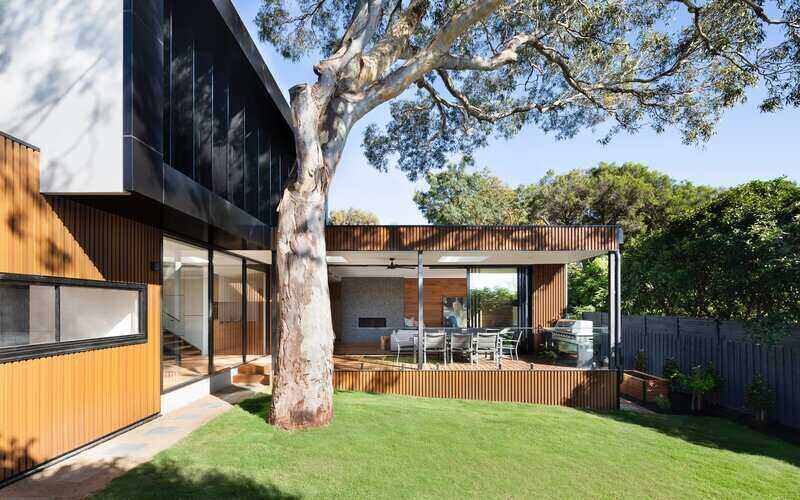There has been a dramatic increase in Australians using their self-managed superannuation funds (SMSFs) to invest in property over the past two to three years.
The latest Australian Taxation Office (ATO) SMSF quarterly statistical report showed that between the June quarters of 2021 and 2024, SMSF asset allocation for residential property grew 26.4% to $55.2 billion. Asset allocation for non-residential property grew 25.0% to $102 billion.
There are a few things that explain this surge.
Firstly, SMSF lending has become more accessible. More lenders offer these products and on more favourable terms. Previously, obtaining SMSF property loans was challenging, but now lenders are offering more competitive rates and terms, including higher loan-to-value ratios (LVRs) of up to 90%.
Additionally, some lenders are considering future superannuation contributions when assessing borrowing capacity, not just historical contributions. This makes a big difference to self-employed borrowers as your mortgage serviceability is not limited by your past contributions alone.
The second reason for the surge in SMSF property investing is the underperformance of traditional superannuation. The All Ordinaries is finally above 8,000 points, but we were just under 7,000 points before the Global Financial Crisis over 15 years ago. That's not great growth. Added to this, many super funds haven't met the ASX index as a benchmark for the past five, ten years, with many not breaking even after management fees.
Last year, the Australian Prudential Regulation Authority (APRA) called out some funds after an analysis found that one in five significantly had underperformed against APRA's benchmarks. APRA also found evidence of unfair practices, including overcharging.
People are seeing the poor performance of their super and chasing bigger returns. For many, the decision to turn to SMSF property investing is about both confidence in property's growth potential and a lack of satisfaction with their super returns.
Perceptions of the cost of SMSFs has also changed. People previously felt they needed $500,000 or more to justify an SMSF - now with lower setup costs from competitive accountants and financial planners, Australians can consider SMSFs with a balance between $150,000 to $200,000.
Benefits of SMSF investing
Leverage investing
A key advantage of SMSF property investing is the ability to leverage further investment. Fund members can purchase property using their super to cover the deposit, which can amplify returns compared to investing the same amount in shares or managed funds. While shares will outperform property in some years, SMSF investors using $200,000 in super to purchase a $1 million property are achieving capital growth on the $1 million, not just the $200,000.
Commercial property investing
Another benefit of SMSF property purchases is not being limited to residential property. Provided it meets the ATO's rules, members can purchase commercial property - and in many cases can rent the property to their own business. This means paying rent directly into the SMSF.
There's a growing market for commercial property syndicates amongst SMSF members. By putting their money into syndicates, members of an SMSF can own a portion of a commercial property, which might include a large asset like a shopping centre.
Limited recourse borrowing arrangements
SMSF loans include limited-recourse borrowing arrangements, which provide members a measure of security. Limited-recourse borrowing via an SMSF doesn't affect your serviceability for traditional borrowing outside your super. That means you can buy an investment property through your SMSF without it damaging their ability to qualify for another home loan outside their super.
This structure has become an essential part of the appeal for investors who want to grow their asset base in a way that doesn't interfere with their personal financial goals.
Theo Chambers is the Co-founder and CEO of Shore Financial
Advertisement
Interested in investing in property using your SMSF? Here are some of the loan products available
| Lender | Home Loan | Interest Rate | Comparison Rate* | Monthly Repayment | Repayment type | Rate Type | Offset | Redraw | Ongoing Fees | Upfront Fees | Max LVR | Lump Sum Repayment | Extra Repayments | Split Loan Option | Tags | Features | Link | Compare | Promoted Product | Disclosure |
|---|---|---|---|---|---|---|---|---|---|---|---|---|---|---|---|---|---|---|---|---|
6.74% p.a. | 6.76% p.a. | $3,240 | Principal & Interest | Variable | $null | $230 | 70% |
| Promoted | Disclosure | ||||||||||
6.99% p.a. | 7.04% p.a. | $3,323 | Principal & Interest | Variable | $0 | $220 | 70% | Disclosure | ||||||||||||
7.00% p.a. | 7.39% p.a. | $3,327 | Principal & Interest | Variable | $0 | $445 | 60% | |||||||||||||
7.24% p.a. | 7.26% p.a. | $3,407 | Principal & Interest | Variable | $0 | $230 | 80% |
| Promoted | Disclosure |
Picture by Stephen Ungermann on Unsplash






 Rachel Horan
Rachel Horan














